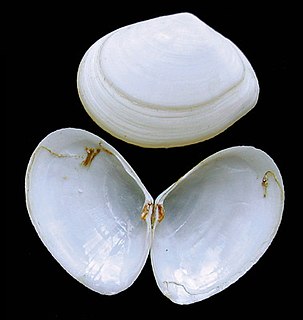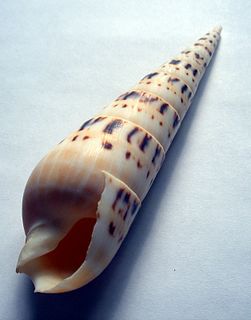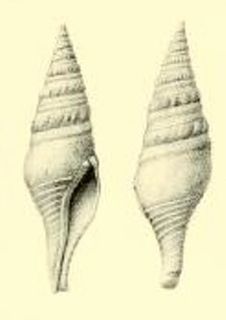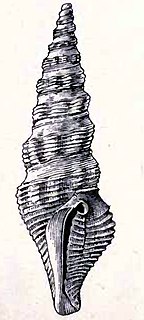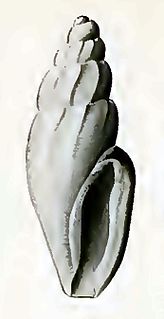
The stromboid notch is an anatomical feature which is found in the shell of one taxonomic family of medium-sized to large sea snails, the conches.

The gastropod shell is part of the body of a gastropod or snail, a kind of mollusc. The shell is an exoskeleton, which protects from predators, mechanical damage, and dehydration, but also serves for muscle attachment and calcium storage. Some gastropods appear shell-less (slugs) but may have a remnant within the mantle, or the shell is reduced such that the body cannot be retracted within (semi-slug). Some snails also possess an operculum that seals the opening of the shell, known as the aperture, which provides further protection. The study of mollusc shells is known as conchology. The biological study of gastropods, and other molluscs in general, is malacology. Shell morphology terms vary by species group. An excellent source for terminology of the gastropod shell is "How to Know the Eastern Land Snails" by John B. Burch now freely available at the Hathi Trust Digital Library.
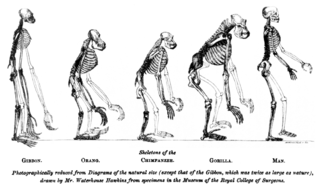
In biology, taxonomy is the science of defining and naming groups of biological organisms on the basis of shared characteristics. Organisms are grouped together into taxa and these groups are given a taxonomic rank; groups of a given rank can be aggregated to form a super-group of higher rank, thus creating a taxonomic hierarchy. The principal ranks in modern use are domain, kingdom, phylum, class, order, family, genus and species. The Swedish botanist Carl Linnaeus is regarded as the father of taxonomy, as he developed a system known as Linnaean taxonomy for categorizing organisms and binomial nomenclature for naming organisms.

Conch is a common name that is applied to a number of different medium to large-sized shells. The term generally applies to large snails whose shell has a high spire and a noticeable siphonal canal.
Marine gastropods in the family Strombidae have a notch in the edge of the shell aperture not far from the siphonal canal. This indentation is called the stromboid notch. Its function is to enable the animal to extend one of its two stalked eyes out through the notch when the animal is active. [1]
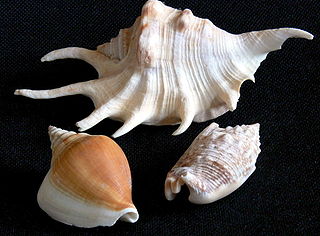
Strombidae, commonly known as the true conchs, is a taxonomic family of medium-sized to very large sea snails in the superfamily Stromboidea.

The aperture is an opening in certain kinds of mollusc shells: it is the main opening of the shell, where the head-foot part of the body of the animal emerges for locomotion, feeding, etc.

The siphonal canal is an anatomical feature of the shells of certain groups of sea snails within the clade Neogastropoda. Some sea marine gastropods have a soft tubular anterior extension of the mantle called a siphon through which water is drawn into the mantle cavity and over the gill and which serves as a chemoreceptor to locate food. In certain groups of carnivorous snails, where the siphon is particularly long, the structure of the shell has been modified in order to house and protect the soft structure of the siphon. Thus the siphonal canal is a semi-tubular extension of the aperture of the shell through which the siphon is extended when the animal is active.




